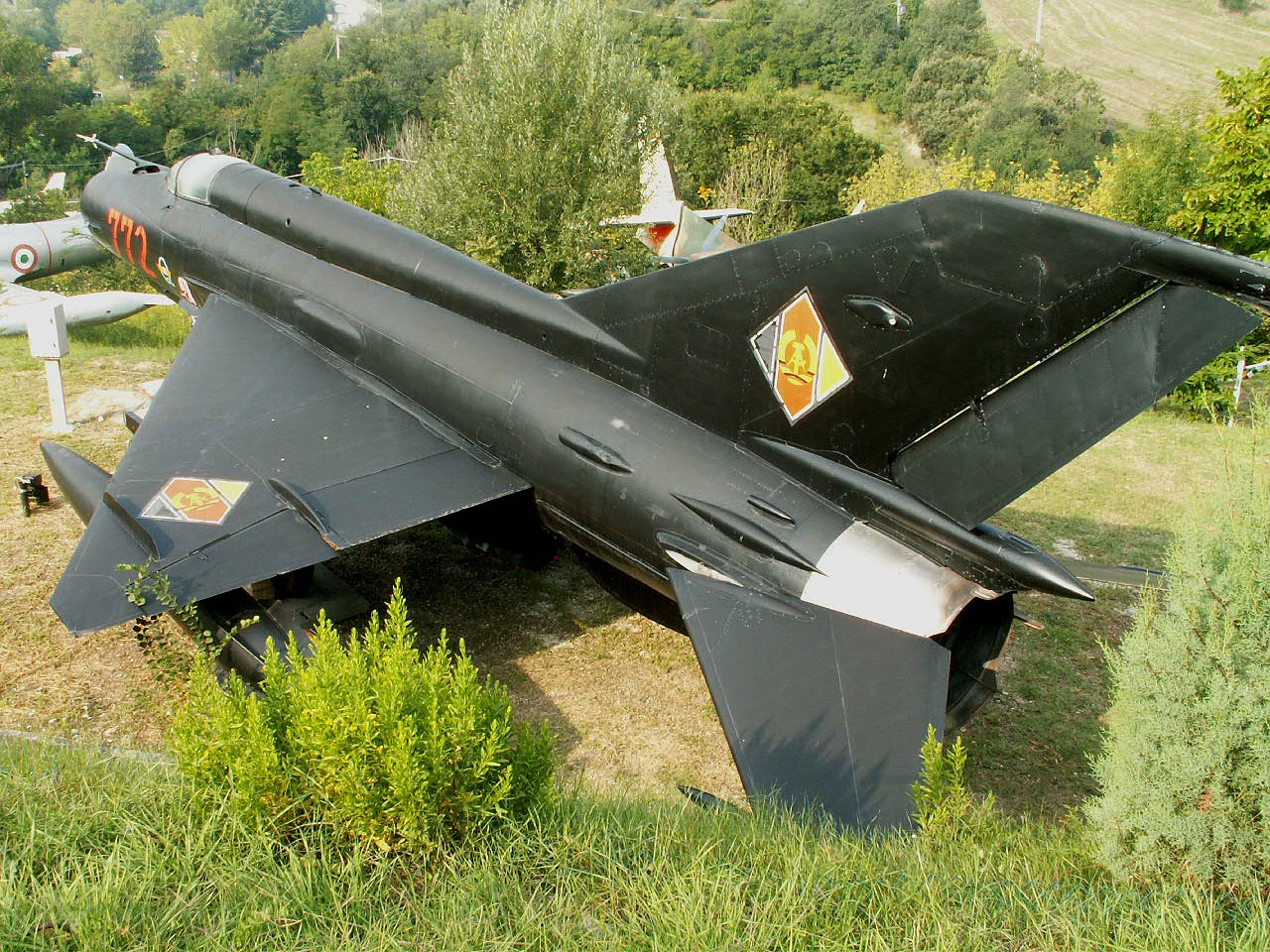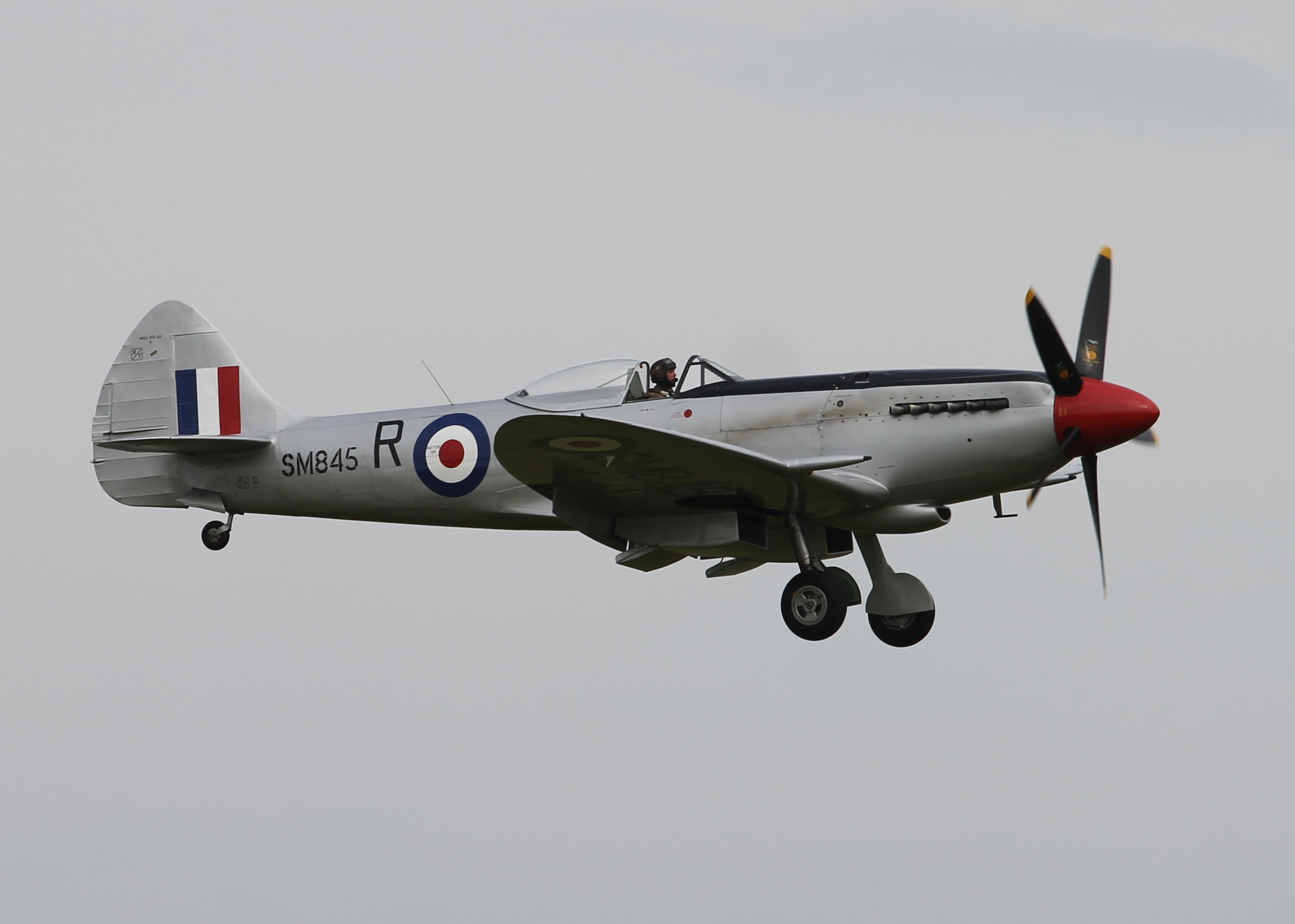MH370 – Will it be found?
On March 8, 2014, Malaysia Airlines Flight MH370 disappeared while en route from Kuala Lumpur to Beijing. The disappearance of the Boeing 777-200ER remains one of the most puzzling aviation mysteries of all time. Despite extensive search efforts, the wreckage of the plane has never been found, and the fate of the 239 people on board remains unknown.
The initial search for the plane focused on the South China Sea, where it was believed to have crashed. However, subsequent investigations suggested that the plane had flown off course and may have ended up in the southern Indian Ocean. This led to a massive search effort involving more than two dozen countries, but no trace of the plane was found.
The disappearance of MH370 raised many questions about the safety of air travel and the ability of modern technology to track planes. The plane’s communication systems were deliberately turned off, suggesting that someone on board had hijacked the aircraft. This has led to theories that the plane was intentionally diverted and may have been flown to a remote location.
The search for MH370 was one of the most expensive and extensive in aviation history, costing an estimated $150 million. The search involved advanced underwater search technology, including autonomous underwater vehicles and towed sonar systems. Despite these efforts, the wreckage of the plane has never been found, leading some to speculate that the search was not thorough enough or that the plane may have been deliberately hidden.
The disappearance of MH370 has had a profound impact on the aviation industry. It has led to increased scrutiny of airline safety procedures, including the use of satellite tracking systems and cockpit security measures. It has also raised concerns about the need for improved communication and coordination between airlines and aviation authorities.
In addition to the technical and operational questions raised by the disappearance of MH370, there have also been emotional and psychological impacts on the families of the passengers and crew. For many, the lack of closure and the uncertainty surrounding the fate of their loved ones has been devastating.
In conclusion, the disappearance of Malaysia Airlines Flight MH370 remains one of the most baffling aviation mysteries of all time. The extensive search efforts have failed to locate the wreckage of the plane, leaving many questions unanswered. The incident has had far-reaching implications for the aviation industry and has led to increased scrutiny of safety procedures and technology. Despite the passage of time, the search for answers continues, and the families of the passengers and crew remain in search of closure.

